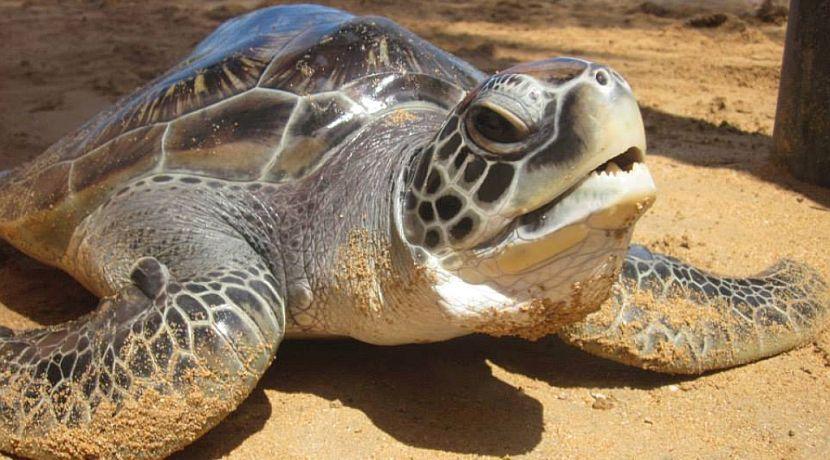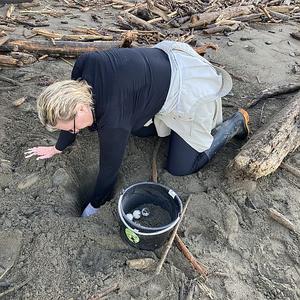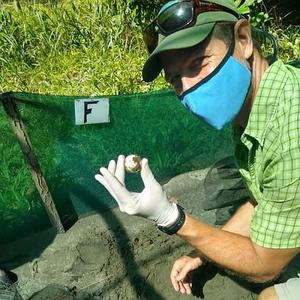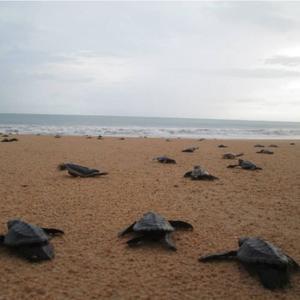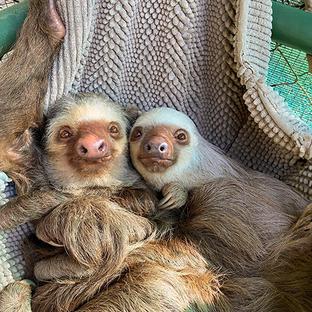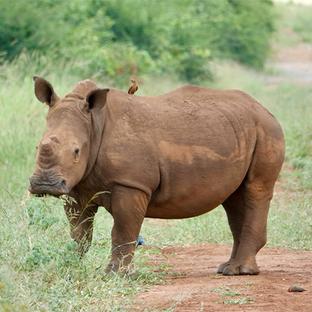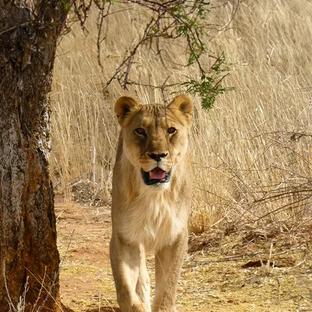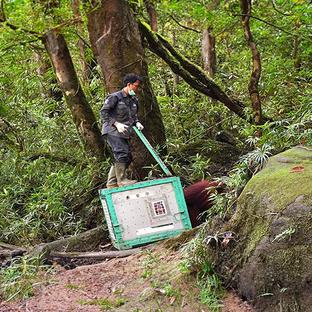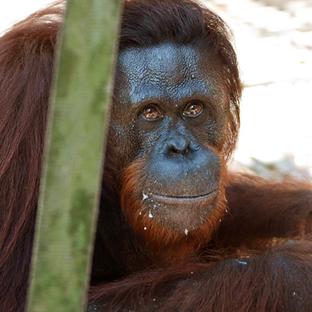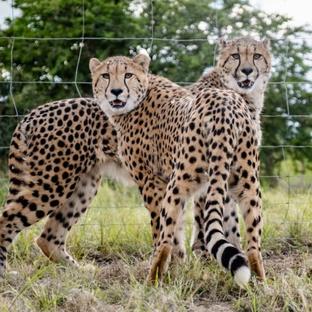May 23rd was World Turtle Day, a day in which turtles and tortoises are brought into the spotlight. The day gives an opportunity to those who work with turtles and who help with conservation turtle projects to inform wider society of the current state of the world turtle population, and where the main problems are. It also gives an opportunity for those involved in conservation to highlight the success stories.
The Indian Ocean is one region where the great projects operate through its great turtle project offering. It gives volunteers the opportunity to travel to Sri Lanka to maintain a specially constructed hatchery, and help look after the turtles.
But what is the situation in the wider Indian Ocean area? And are conservation efforts working?
Turtles in the Indian Ocean
Some species of turtles exist in the Indian Ocean in large numbers, but others are at risk of extinction. The main risks come from harvesting their meat and eggs for food, and habitat loss due to development and climate change. Bycatch is also a significant problem. This is where turtles are accidentally caught up in fishing nets – all turtles in the Indian Ocean are affected by this.
Six different types of turtle live in the Indian Ocean:
- Green turtle - populations of the green turtle have been in decline, although due to conservation efforts some populations are recovering. The biggest threats are over-harvesting the meat and eggs, and bycatch.
- Hawksbill turtle - conservation in places like Malaysia and the Seychelles have seen some hawksbill turtle populations stabilize, but the general trend across the wider Indian Ocean is a downward one.
- Loggerhead turtle - the story of the loggerhead turtle is mixed with it declining in some parts of the Indian Ocean, and increasing in other parts.
- Olive ridley turtle - some strong conservation projects in places like India have helped to maintain the population of olive ridley turtles. A ban on the commercial trade of this species of turtle has also helped. There are indications of difficulties with the population though, in part because of problems with bycatch.
- Leatherback turtle - the leatherback turtle is at risk of extinction. Populations have dramatically decreased in recent years because of over harvesting and bycatch. It is the Indian Ocean species that is at greatest risk.
- Flatback turtle - less is known about the flatback turtle than any other species of turtle in the Indian Ocean. It is widely thought to be vulnerable to extinction, but experts usually agree that the data they have to work with is insufficient. Getting caught as bycatch is the biggest threat that it faces.

Other Factors
More broad areas of work are taking place to combat what some people have called the Asian turtle crises. Traditionally, turtles have been captured in large numbers for food and medicine. This is particularly the case in China. Efforts are ongoing to encourage the use of farmed turtles rather than capturing those from the wild. Much of the trade is illegal, though, so there is also work going on to stop that trade. This is done through increased patrols by rangers in affected countries, particularly in areas where nesting takes place. Education programs have also been taking place in China and elsewhere to highlight the problems and risks that the turtle population faces.
So, while there is good work ongoing in the Indian Ocean region, more work still needs to be done to bring population levels of all species of turtle up to healthy levels.

